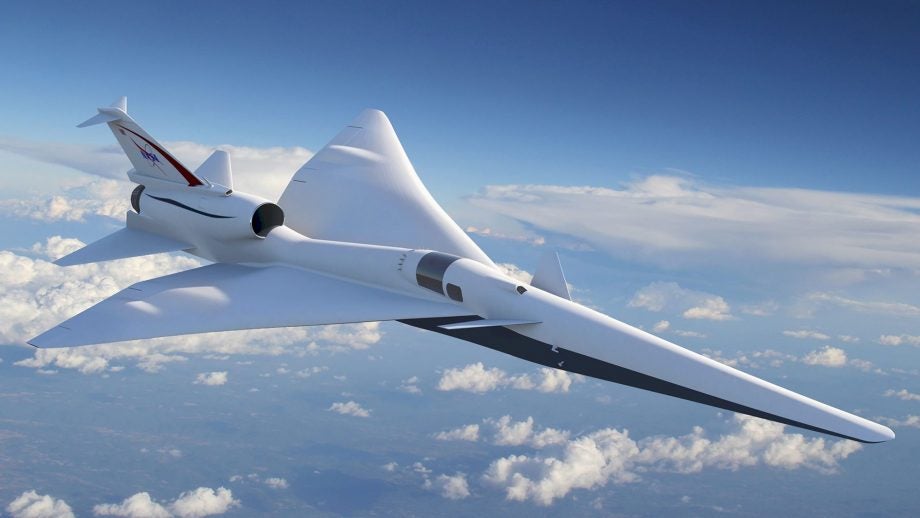Supersonic flight edges closer to return, minus the Sonic Boom

Since the retirement of Concorde in 2003, Supersonic passenger flight has been absent from our skies, but even when we had the luxury of commercial travel at speeds of up to Mach 2.2 it was mostly prohibited over land, due to the thunderous din of the sonic boom.
Now NASA has moved a step closer to reinstating supersonic passenger travel with planes that will minimise the sonic boom to near-inaudible levels on the ground.
That could mean halving the time it takes to travel from LA to New York, all thanks to enhanced computer design techniques that make the noise pollution negligible
Related: Best Android phone?
The quiet supersonic technology was successfully tested with a smaller-scale model in a wind tunnel in June, and now NASA is taking bids on a full-sized demo plane, capable of flying at up to 55,000 feet.
The Space Agency has allocated $390 million to build the 94-foot long demo plane and is aiming for sound levels maxing out at 65 A-weighted decibels (dBa).
That’s about the same as a background conversation in a busy restaurant or a luxury car driving on the highway, NASA told Bloomberg.
By comparison, Concorde’s sound levels were 90dBa.
“Now you’re getting down to that level where, as far as approval from the general public, it would probably be something that’s acceptable,” said Peter Iosifidis, who was design program manager at Lockheed Martin, which build the earlier scale model.
Should NASA’s plans succeed, the Agency will share the technology with the likes of Lockheed and Boeing as well as noted startups like Boom and Aerion, both of which are working on private supersonic jets.


